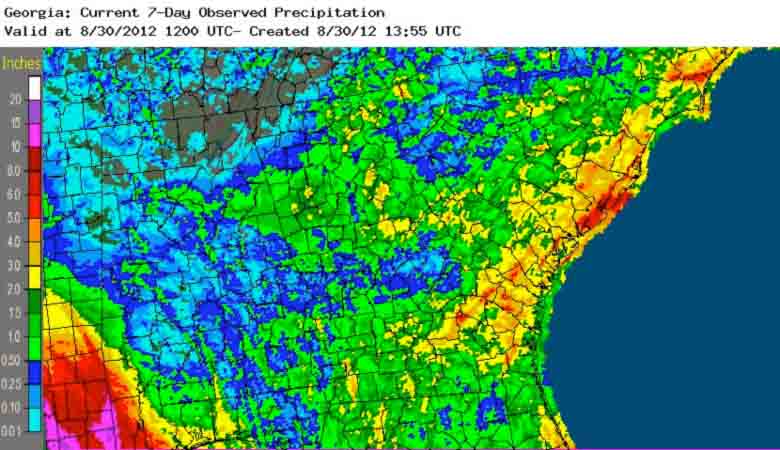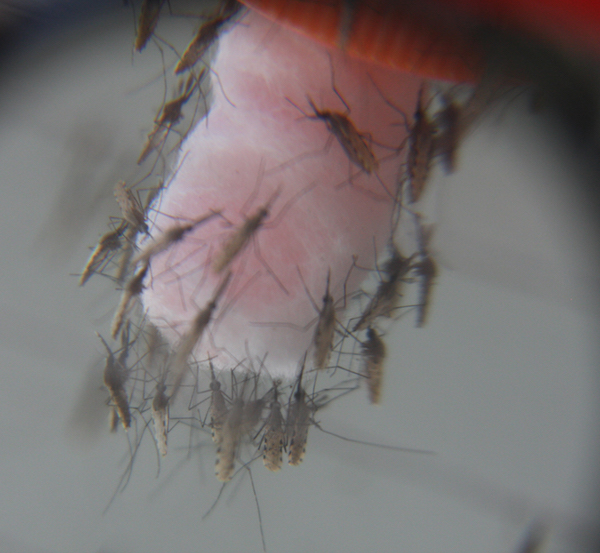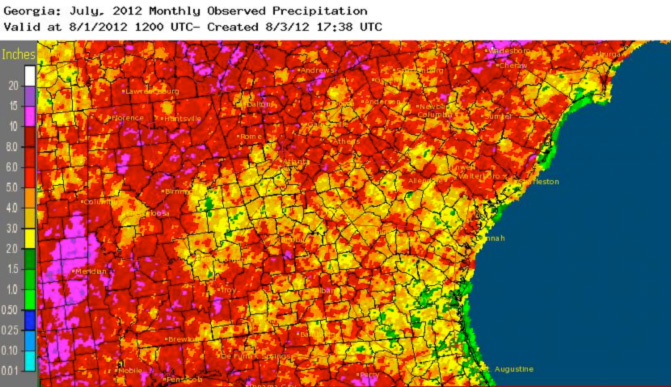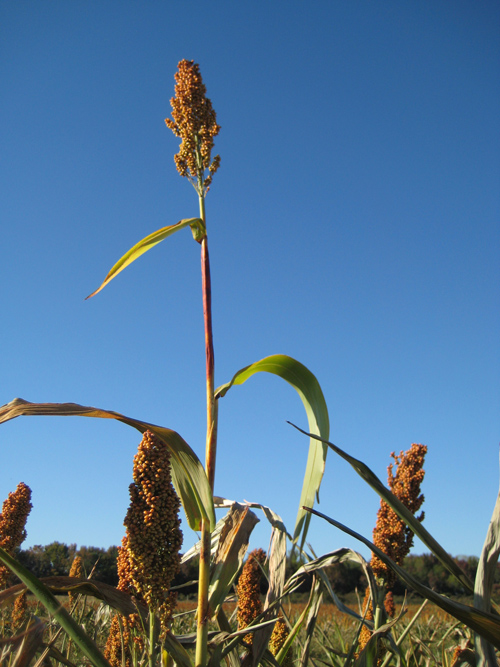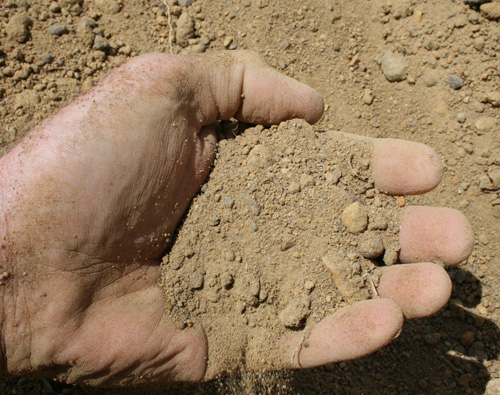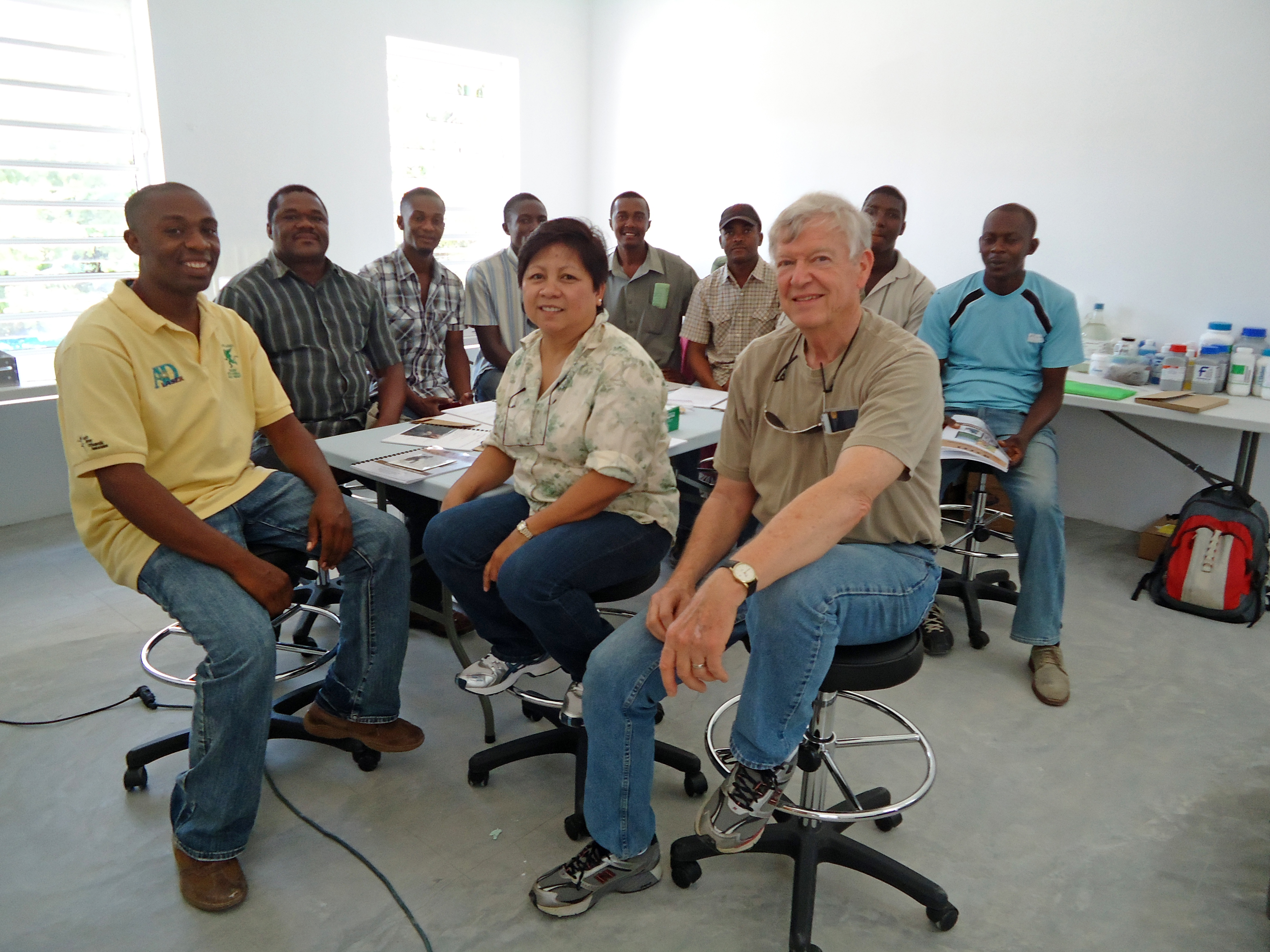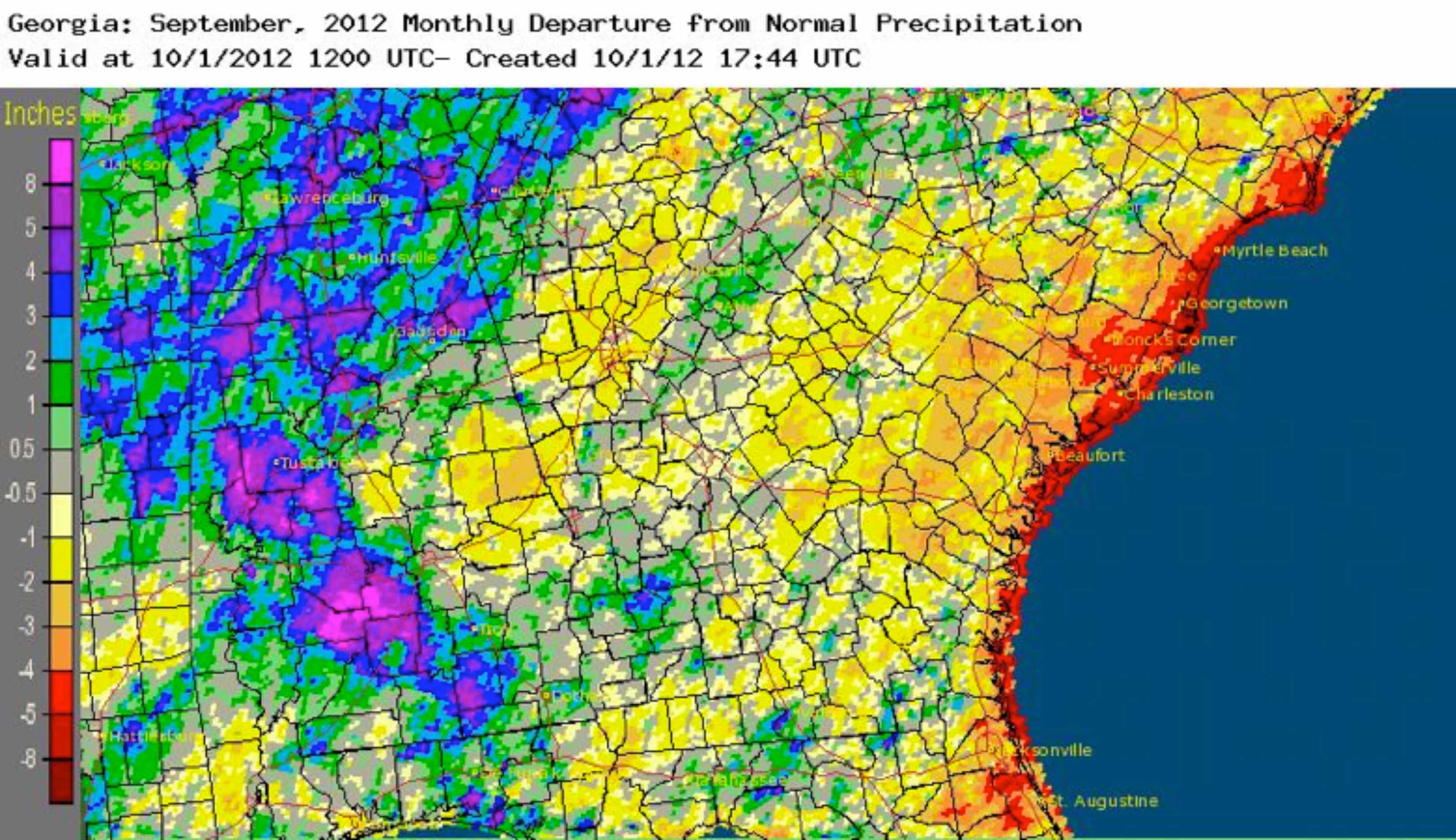 CAES News
CAES News
September climate summary
Georgia made it through September without much dramatic weather. Temperatures across the state were normal, but rainfall was light. The areas that received the most rainfall were affected by the remains of Hurricane Isaac in the first week of September.

